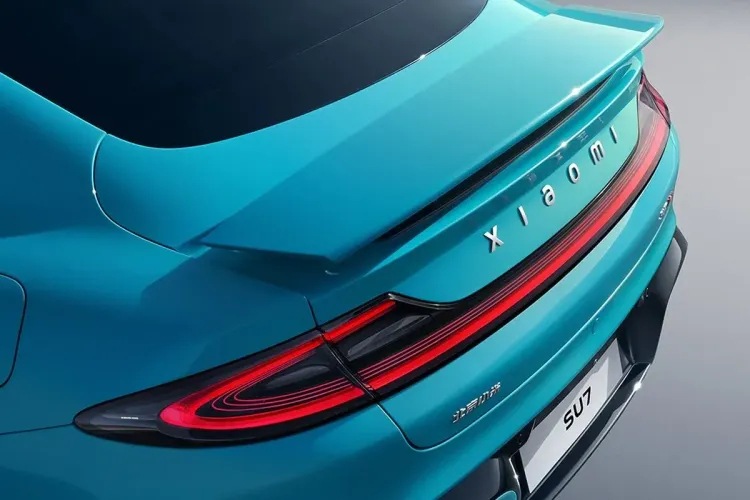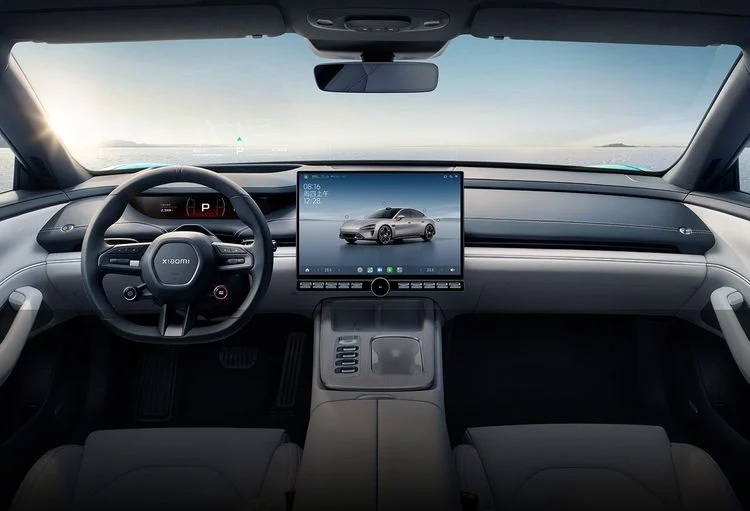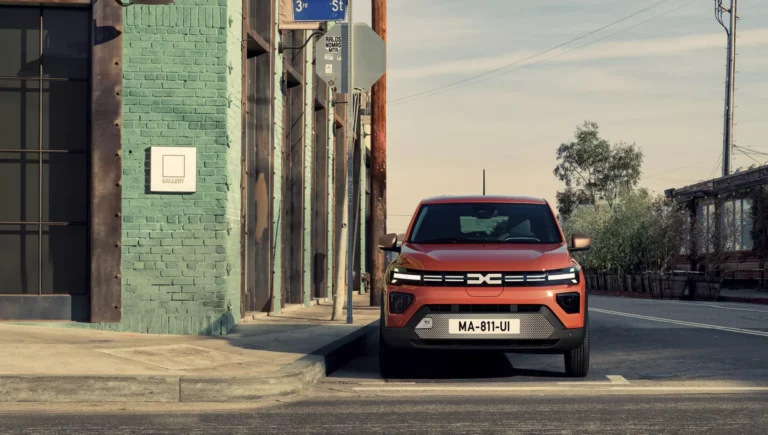In China, a Xiaomi SU7 electric car started moving without a driver, provoking astonishment and heated online discussions. The incident, widely reported on social networks, forced the manufacturer to react quickly to allay concerns. After investigating, the brand came up with a surprising explanation, which says a lot about the limits of our automotive technologies.

A scene worthy of a science fiction film
It all began in front of the house of a Chinese Xiaomi SU7 owner. The saloon car, parked quietly, suddenly began to move forward without anyone being on board. CCTV footage shows the man and his wife inside their home. In a matter of seconds, the car started up and left the scene, causing panic. The owner ran out to catch it and managed to stop it before it caused any damage. The story, posted on Chinese networks, triggered a media storm. Many Internet users accused Xiaomi of serious security flaws, pointing the finger at the reliability of its technology.
When alerted by the owner, Xiaomi’s customer service suggested that the car had received a movement command from the user’s smartphone. Indeed, the SU7 has a remote control function, similar to Tesla’s, enabling the vehicle to be manoeuvred in tight spaces. However, the owner denies having touched his phone and insists that he did not give any orders. He then published all the images to prove his good faith, accusing the manufacturer of minimising the problem.
Xiaomi survey reveals a different reality
Faced with the furore, Xiaomi launched an internal investigation. Engineers analysed the vehicle’s data and the operation logs of the connected smartphone. The results, published on Weibo on 4 October, were unequivocal: the car had indeed received a parking assistance command from an iPhone 15 Pro Max belonging to the driver. According to the brand, everything indicates that the command was sent accidentally from the phone. In other words, the SU7 did not act alone. When confronted with the technical evidence, the owner finally admitted the facts and publicly apologised to Xiaomi.

Although the brand has been cleared of any wrongdoing, the incident raises a key question: are these remote control technologies really safe? A simple, involuntary touch of a screen is enough to trigger a manoeuvre. Imagine a child playing with their parents’ phone: the consequences could be dramatic. Xiaomi has promised to study measures to make these functions even safer, in particular by adding additional checks before they are activated.
Cars that are increasingly intelligent, but also more vulnerable
The SU7 is a perfect illustration of the transformation of modern vehicles, which are now comparable to real smartphones on wheels. Xiaomi, which entered the automotive market at the end of 2023, has enjoyed rapid success, but also a number of controversies about the transparency of its performance. This incident is a reminder that the race for innovation must not lead us to forget safety. Each new connected function introduces unexpected and sometimes underestimated risks.

This mishap, fortunately without injury, highlights a major challenge for manufacturers: guaranteeing the reliability of digital controls. The balance between comfort and safety remains fragile. As Lei Jun, head of Xiaomi, points out, the company is going through « the most difficult period in its history ». The SU7 affair could ultimately prove to be a beneficial wake-up call, not just for Xiaomi, but for all the players in the connected car sector.
Caution is still the order of the day
Even if the incident was due to inadvertent manipulation, it highlights the importance of better protecting these connected systems. Our cars are becoming more intelligent, but also more susceptible to human error. For Xiaomi, as for the industry as a whole, the challenge is clear: to reassure users before trust escapes on its own.











